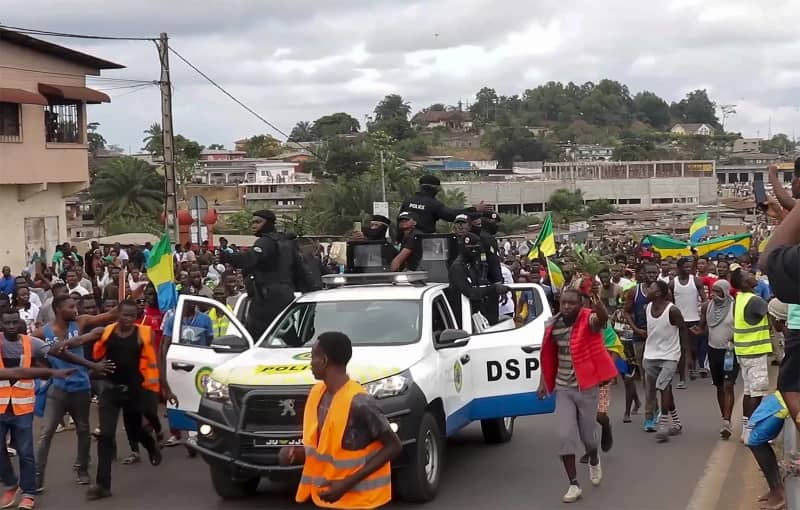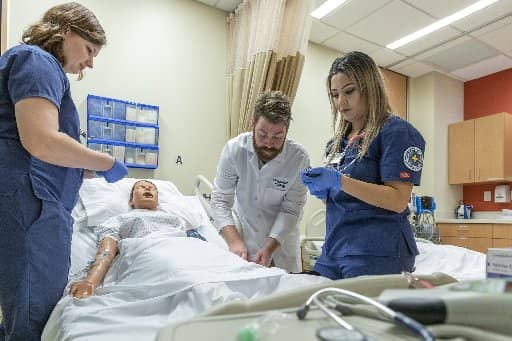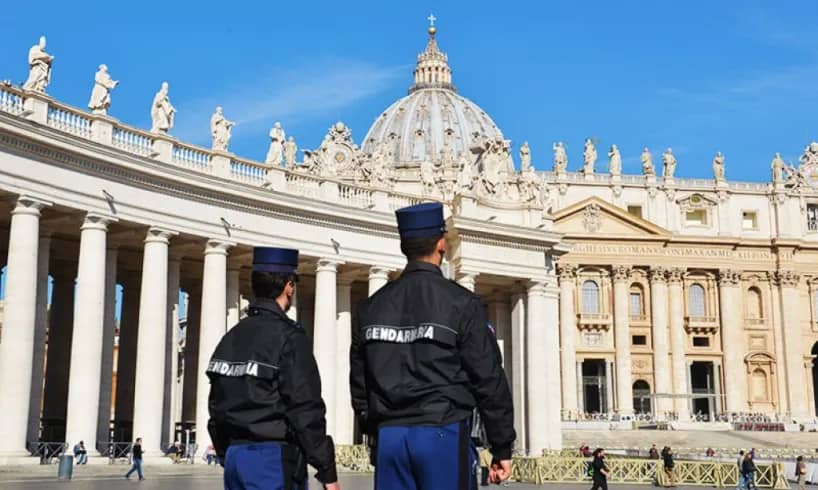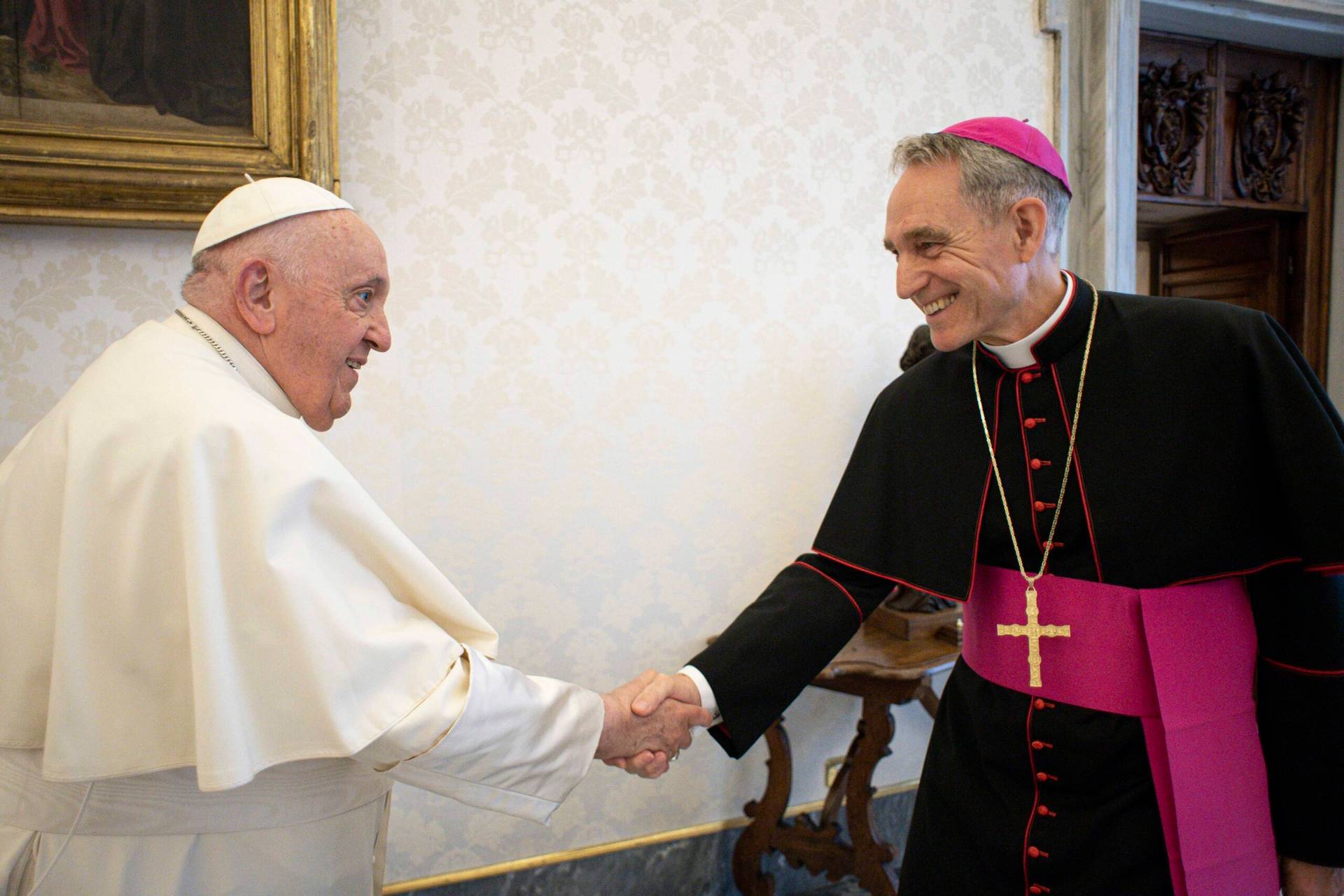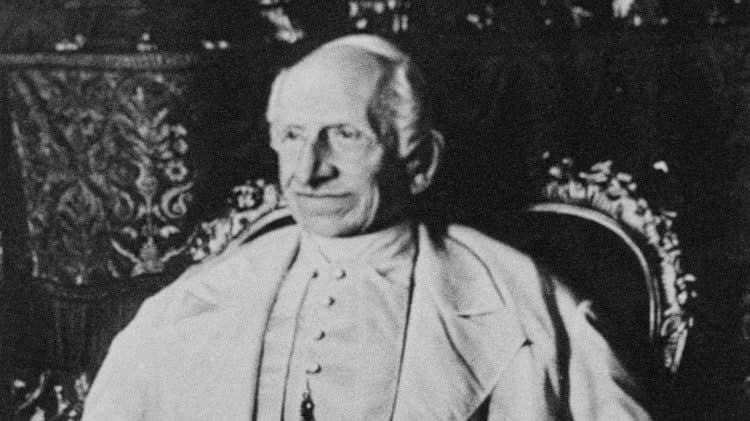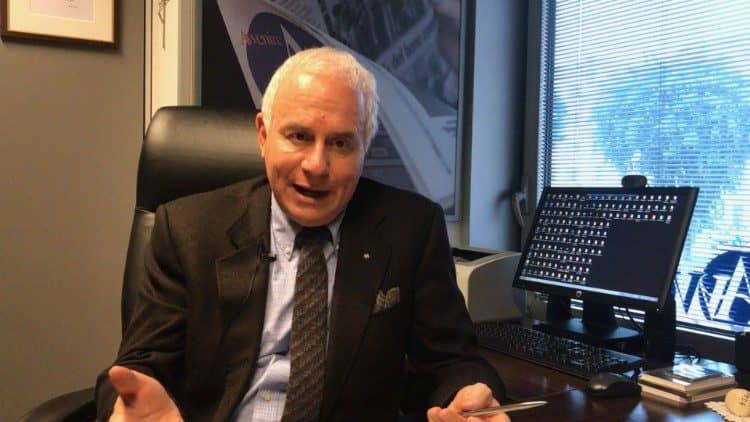ROME – A consistory, the event in which a pope creates new cardinals, is always a carefully choreographed bit of theater, with production values rivaling any Broadway musical. In that spirit, if the Sept. 30 consistory announced today by Pope Francis were to be set to music, there would be a clear choice for its signature tune.
You could almost hear it blaring in the background as Francis spoke during his Sunday Angelus address: “I want it all, and I want it now”, the classic rock anthem by Queen – a song, appropriately enough for an event to be celebrated in the Vatican, which was part of a 1989 album titled “The Miracle.”
This is, in other words, the consistory of a pope in a hurry.
With the picks announced Sunday, which include 18 new cardinals under the age of 80 and thus eligible to take part in a conclave to choose a new pope, the number of cardinal-electors will swell to 137 – though that’s a bit of a technicality, since the next day Cardinal Patrick D’Rozario of Bangladesh will turn 80, thus making it 136 electors. (Of course, should Cardinal Angelo Becciu be acquitted in the Vatican’s “trial of the century” and his voting privileges restored by the pope, then we’d be back to 137.)
Barring any surprises in the meantime, it would be Oct. 10, 2024, when Cardinal Baltazar Porras Cardozo of Caracas, Venezuela, turns 80, before the number of electors returns to the theoretical threshold of 120 set by Pope Paul VI in his 1975 document Romano Pontifici Eligendo.
Perhaps not coincidentally, October 2024 is also when the second of Pope Francis’s Synods of Bishops on Synodality, which many observers see as the logical capstone of his papacy, is set to conclude.
It’s not just the number of cardinals Francis is creating which lends itself to the impression that this is a pope in a hurry to get things done. The profiles of the new Princes of the Church named by Francis also seem intended to bolster his legacy, and that right soon.
To begin with, there’s Archbishop Victor Manuel Fernandez, the pope’s theological éminence grise, who was named to head the Dicastery for the Doctrine of the Faith only eight days ago on July 1. It’s almost as if, having waited a full decade to bring Fernandez into a formal Vatican position, Francis couldn’t even wait another ten days to put an exclamation point on his importance.
There’s also Archbishop Jose Cobo Cano of Madrid, who was appointed in June and installed only yesterday, making his the shortest wait for a red hat by any metropolitan archbishop in recent memory.
Then there’s Auxiliary Bishop Américo Manuel Alves Aguiar of Lisbon, Portugal, another close Francis ally who as a young man served on a city council as a member of Portugal’s Socialist party. Francis didn’t even bother waiting until Alves Aguiar could be named to a position traditionally held by a cardinal before giving him a red hat – ironically, the move now gives Lisbon two cardinals at the same time, just ahead of the pontiff’s scheduled August 2-6 visit for World Youth Day.
There’s also Italian Archbishop Pierbattista Pizzaballa, who becomes the first Latin Patriarch of Jerusalem in recent memory to become a cardinal, and French Archbishop Christophe Pierre, the current papal envoy to the United States. While nuncios to the States have become cardinals in the past, they’ve generally had to complete their service and move on to some other Vatican gig before entering the Church’s most exclusive club.
At 77, Pierre is already beyond the customary retirement age for bishops, but Francis seems happy to leave him where he is. In fact, the only other papal envoy to receive the red hat while remaining in his post is Cardinal Mario Zenari in Syria, a nation at war with itself – which may, in some roundabout sense, speak to Francis’s perceptions of the States.
There’s also Coadjutor Archbishop Protase Rugambwa of Tabora in Tanzania, who was named to that role only in April and who hasn’t even taken over yet from Archbishop Paul Ruzoka, creating the very odd situation of a sitting ordinary being outranked by his eventual successor.
Granted, Pope Francis has never been one to stand on tradition. Yet even by his maverick standards, this is clearly a break-the-mold consistory. What’s one to make of it all?
In effect, this consistory almost feels like one of those final expenses insurance policies constantly being advertised on American TV – something you hope you don’t need anytime soon, but you want to make sure it’s there just in case.
At 86 and a half, Francis is now the oldest reigning pope in 120 years, since Leo XIII died at the age of 93 in 1903. He’s undergone two hospitalizations already this year, including a stay last month for an operation to relieve an abdominal hernia. He continues to struggle with knee problems and also with chronic pain related to sciatica, and, of course, he’s missing part of one lung and roughly half of his colon.
None of this is to say Francis is presently on death’s door. Aside from his upcoming trip to Lisbon, he’s scheduled to visit Mongolia in late August and early September, then Marseilles in late September, before presiding over the first of his two Synods of Bishops on Synodality in October. At the moment, plans are also underway for the Great Jubilee of 2025, and there’s also talk that Francis may convene a Synod of Bishops on the Mediterranean that year.
No doubt, Francis hopes he’ll be around to see all of those initiatives to conclusion. On the other hand, he’s also not leaving anything to chance, striving to ensure that even if he doesn’t make it across the finish line, he’s leaving people in positions of authority who will see his vision to completion.
The bottom line is that this is a pope who wants it all – and, even if he can’t have it all right now, he can at least make sure his people are positioned to have it when the time comes.









